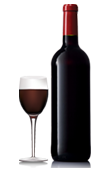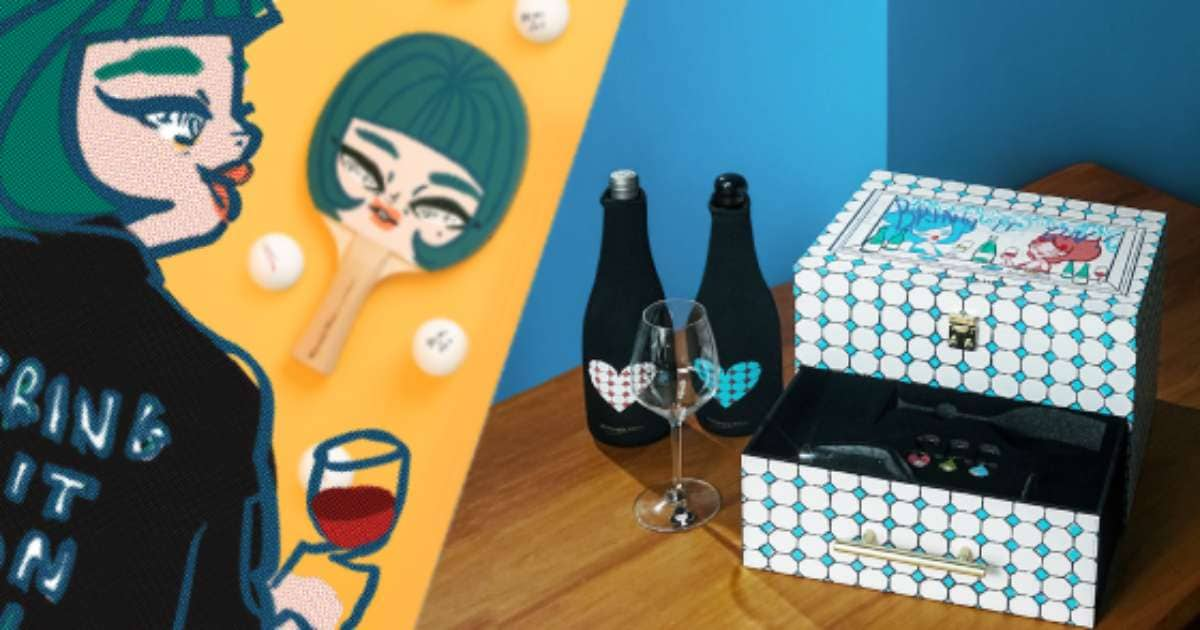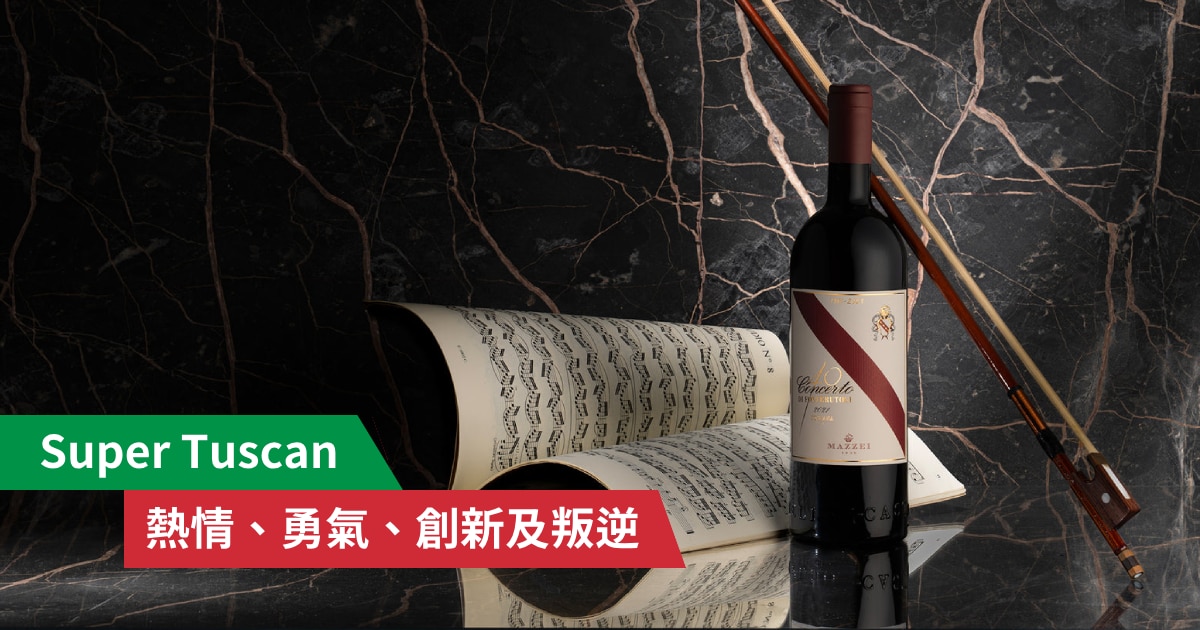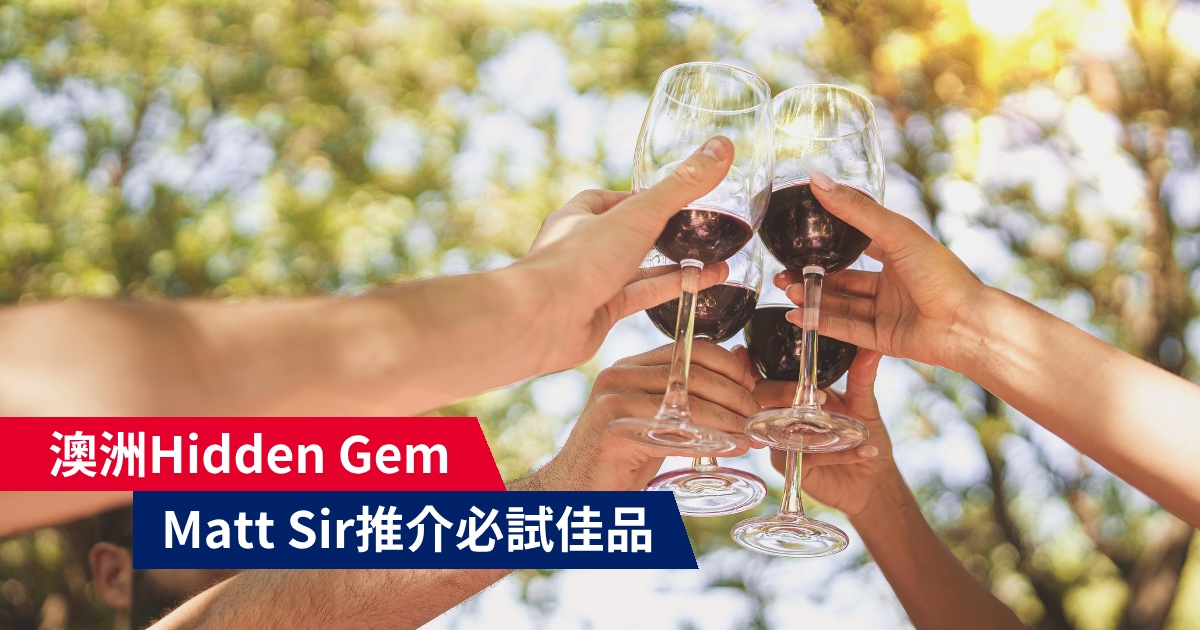Spend $1200 more to enjoy Free Delivery.

Hot Searches
Suggested Brand ( results)
Suggested Products ( results)
Advanced Search
- Wine
- Vintage Champagne
- Champagne NV
- Champagne Rose
- Sparkling
- Still Rose
- White Wine
- Red Wine
- Dessert Wine
- Port & Sherry
- Sake
- Junmai Daiginjo / Daiginjo
- Junmai Ginjo / Ginjo
- Junmai / Tokubetsu Junmai
- Honjozo / Tokubetsu Honjozo
- Spirits & Others
- Cognac & Brandy
- Whiskies
- Rum
- Vodka
- Tequila
- Gin
- Other Spirits & Liqueurs
- Non-alcoholic
- Beer
-
Promotion
-
Products
-
Countries / Regions
-
Gift Ideas
-
Events & Happenings
-
Blog
-
Services
-
Wine Club
-
Express Click & Collect
Find a Store
Choose your StoreLanguage
繁
Promotion
Products
Countries / Regions
Gift Ideas
Events & Happenings
Express Click & Collect





Serving Wine
It is a problem probably throughout the world that red wines are served too warm, and white wines are served too cold. Too cold and a wine's aromas fail to release fully; and a too-cool temperature for red wine will only emphasise the astringency of the tannins and make the wine bitter. Whites, when served at the correct temperature, are refreshing rather than cloying; and in the case of sparkling wines, they become less "gassy". It is more than acceptable to remove white wine from an ice bucket if it is too cold - or to put red wine in an ice bucket if it is too warm! Ideal serving temperatures are:
 RED: 10°C (FOR A LIGHT RED) UP TO 18°C
RED: 10°C (FOR A LIGHT RED) UP TO 18°C WHITE: 7°C - 10°C
WHITE: 7°C - 10°C SWEET AND SPARKLING: 4°C - 6°C
SWEET AND SPARKLING: 4°C - 6°C
Red wines usually benefit from being opened ahead of serving time, as much as a few hours ahead. Old wines are usually decanted, a delicate process which leaves the sediment in the bottle and ensures the wine is clear. Tight young reds also benefit from the increased exposure to air that decanting provides. A basic corkscrew - known as a Waiter's Friend - is the most effective opening tool, though increasingly bottles are being sealed by screwcap.
When pouring wine, glasses should never be filled to the top. Too much wine in the glass and it is impossible to swirl the liquid to release aroma. Wine will also heat up in the glass - so it is preferable to pour in small amounts to maintain the correct temperature as far as possible. A "standard" pour usually allows for seven or eight glasses per bottle, though for a decent amount, one bottle usually allows for no more than six glasses.
Different grape varieties are suited to different glass shapes, and indeed many manufacturers now name their glasses after grapes. A Champagne flute, for example, directs the liquid straight down the tongue to enhance the refreshing acidity; while the generous width of a Cabernet Sauvignon glass allows the complex aromas to be fully appreciated. In general terms, the plainer the glass the better, the thinner the rim the better, and the longer the stem the better. And crystal glasses give off a lovely chime when a toast is proposed.


 Express Click & Collect
Express Click & Collect


















